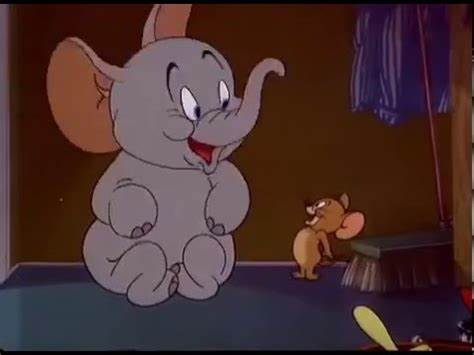
Despite William Hanna and Joseph Barbera directing both the 1940's and the 1950's Tom and Jerry shorts, there were some distinct differences between the shorts of the two decades. The 1950's saw a heavier use of supporting characters, more dialogue and more use of sentiment. Though Two Little Indians does feature supporting characters it is a bit of a throwback to the 40's films with its lack of dialogue and sentimentality.
In this short film Jerry agrees to take care of two orphaned mice (both of whom look exactly like Nibbles), who want to constant play Indian. However, they get themselves and Jerry in trouble when they attempt to scalp and shoot arrows at Tom.
This is a wonderful old-fashioned Tom and Jerry short. This whole film is nothing but slapstick cartoon humor. Much of this humor is simply hilarious, the slapstick is. This whole cartoon is full of great gags, some of which made me laugh out loud. Another reason this film is a throwback to the 40's Tom and Jerrys is the very fast pace that offers gag after gag with little break. William Hanna's timing here is perfect and it is hard not to get caught up in the pure comic energy. Even if there are gags that don't make you laugh, they still add to the fun because they add to this comic energy.
The credited animators on this film were Ray Patterson, Kenneth Muse, Irven Spence and Ed Barge. Robert Gentle is the credited background artist. In some TV airings, the ending gag with the peace pipe has been cut. This cartoon is available on the DVD set Tom and Jerry Spotlight Collection Vol. 1 and the DVD Tom and Jerry: Merry Mice. Unlike other cartoons that feature racial stereotypes this cartoon still plays regularly on Boomerang, ME-TV and ME-TV Toons.
Motion Picture Herald, 1953












